As part of a new trade deal, Japanese auto imports will now face 15% reciprocal tariffs, down from the earlier 25% levied as part of Pres. Donald Trump’s trade war. Japan also agreed to set up a $550 billion fund to back investments in the United States. More from Headlight.News.
The U.S. and Japan reached a trade deal that will include 15% tariffs on goods exported to the U.S., including automobiles, while Japan also said it would invest $550 billion in the United States. In turn, U.S. cars shipped to Japan will now face a similar, 15% tariff.
The deal is one of the first reached with a major trade partner since Pres. Donald Trump announced a broad series of tariffs in the months after taking office last January. He described the agreement as “massive…perhaps the largest Trade Deal ever made,” in a post on his Truth Social media site, and promised it would create “Hundreds of Thousands of Jobs.”
In turn, Japanese Prime Minister Shigeru Ishiba told reporters in Tokyo, “We have engaged in negotiations to protect what must be protected and reach a deal that suits the national interests of both nations.” He hailed the results as “a great achievement.”
Japanese auto imports still face higher tariffs
The agreement still leaves Japanese goods, including autos, saddled with 15% tariffs. Up until this year the figures varied from 2 to 5%, depending specific products. On products from brands like Toyota or Honda priced at $50,000 – around the average for today’s models – that could add up to thousands of dollars added to the price tag.
But the new figure is less than the 25% Trump imposed on Japanese imports as part of his global trade war. And that could help Japan maintain its automotive export base to the United States. Quoting U.S. Customs data, Reuters noted that autos accounted for 28.3% of the goods the country shipped to the States in 2024. All told, that added up to $70.34 billion worth of vehicles during the first six months of this year.
Faced with the initial tariffs, Japanese automakers sharply curbed shipments to the U.S. in recent months – a decline of 24.7% in May and 26.7% in June.
No export limits
For Japan, one of the key benefits of the deal is what it leaves out. There will be no limit on the number of vehicles the country can ship to the U.S. The country faced significant turmoil during the early 1980s when it agreed to a “voluntary restrained agreement” that put strict limits on such exports.
Known as the VRA, that quickly encouraged automakers like Toyota, Honda and Nissan to set up manufacturing operations in the U.S. While the figure varies by automaker, Toyota now assembles about 70% of the vehicles sold in the United States at plants scattered across the country. But it does source a number of parts and components from abroad, including sources in Japan, China and elsewhere.
Under the agreement announced Wednesday, Japan will match the 15% tariffs on autos shipped from the U.S. to Japan. How much of an impact that will have on sales is far from certain. While American automakers have often complained about restrictions seen as limiting their presence in Japan, industry analysts generally agree it is more the result of not having the right product for the Japanese market. The typical Detroit pickup and SUV models are simply too large, for one thing, to meet buyer expectations.
More Tariff News
- GM Net Income Crashes Under Weight of Tariffs
- Stellantis Plunges Deep into the Red; Blames Tariffs for Big Hit
- White House Says Automakers Will Pay no Fines for Missing Mileage Rules
Deal sets up investment fund
The 1980s-era VRA encouraged Japanese automakers to invest tens of billions of dollars into the U.S. Today, all of the Japanese brands have at least some manufacturing presence in the States.
As part of the new trade agreement, Japan said it will set up a $550 billion investment fund covering a broad range of economic sectors, including autos. No details on how that will be put into operation were announced, though Trump said the United States “will receive 90% of the profits.”
Even before the deal was announced, Japanese automakers signaled plans to further expand U.S. production – indeed, some plans were already well in place before last November’s presidential election. But with prices for vehicles like the newly redesigned Toyota 4Runner and x now likely to rise sharply, automakers, in particular, will be under pressure to set up new American operations.
“I can see the Japanese potentially shifting more production” to the U.S., said Sam Abuelsamid, lead analyst. But how soon is far from certain, he cautioned, as most moves would require them to set up new factories, a process that could take years to implement.

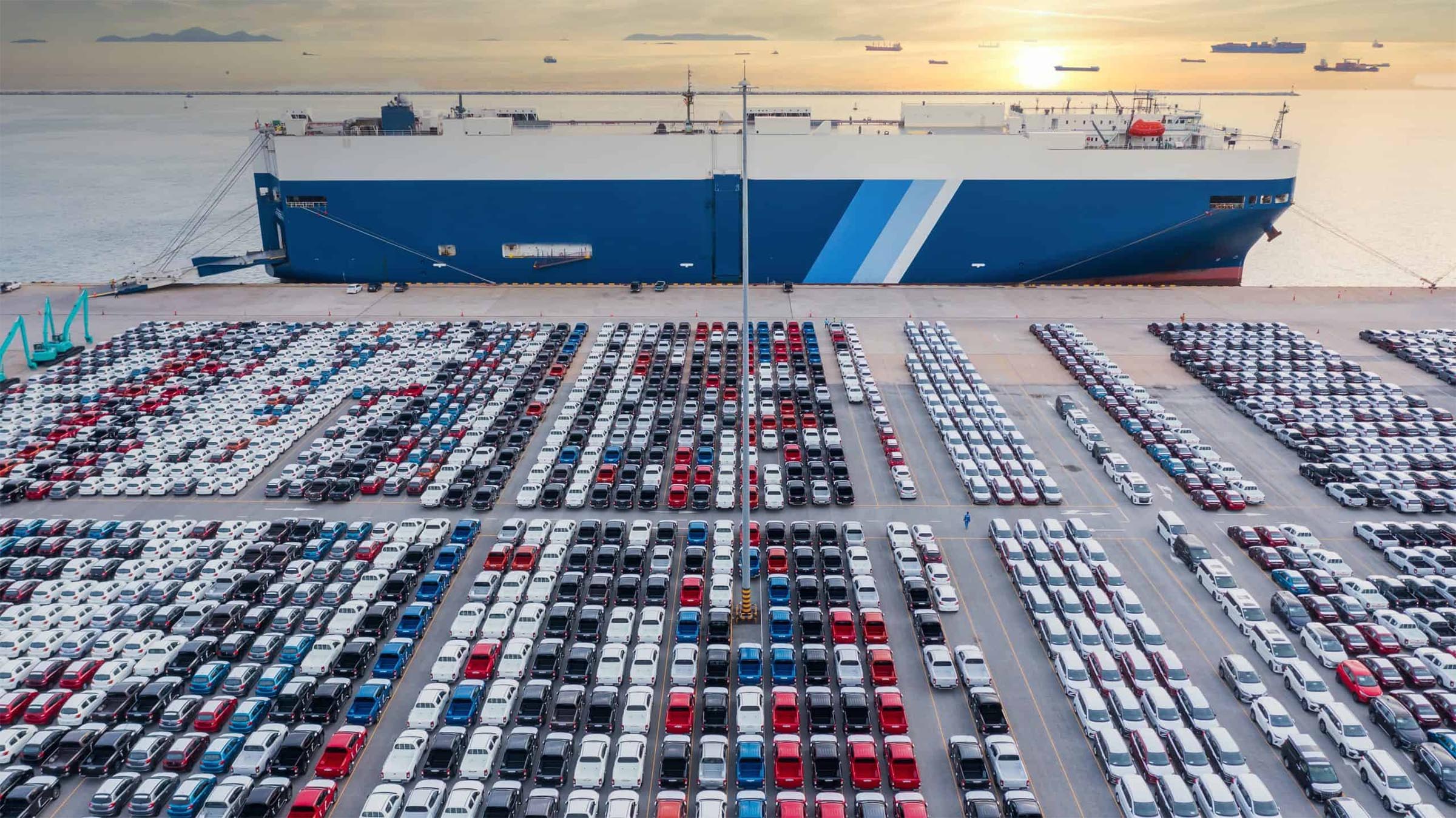
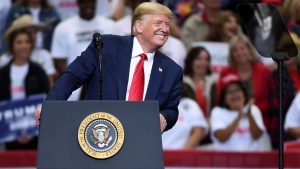
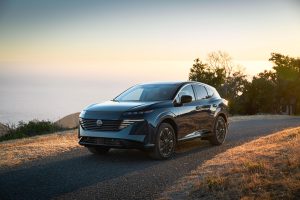
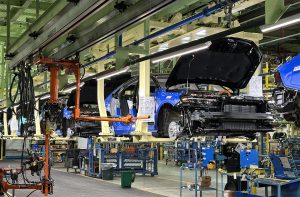
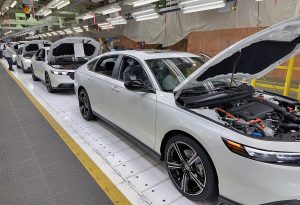
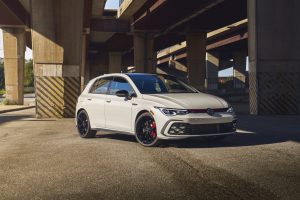

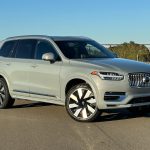
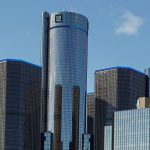
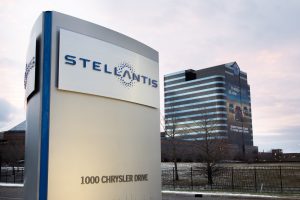

0 Comments